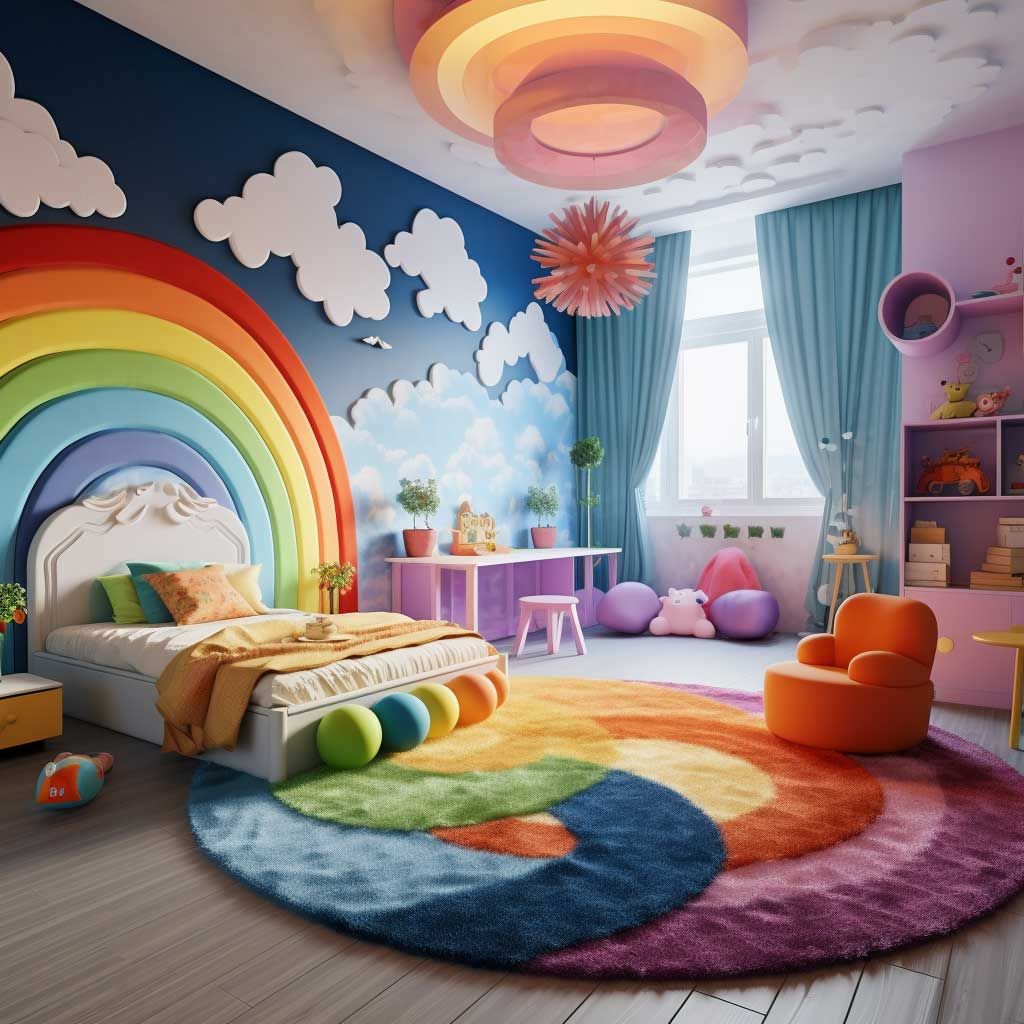
A children’s room is a special place in a home where kids can play, learn, and relax. It should be a safe and comfortable space that reflects the child’s personality and interests. When designing a children’s room, it is important to consider their needs and preferences. This can include choosing furniture that is durable and easy to clean, incorporating bright colors and fun patterns, and providing ample storage for toys and books. Creating designated zones for play, study, and sleep can help children develop good habits and routines. Additionally, adding personal touches such as artwork, photos, and decorations can make the room feel cozy and inviting. Ultimately, the goal of a children’s room is to provide a welcoming and inspiring environment where kids can thrive and express themselves creatively.
Designing a children’s room can be a fun and exciting process for both parents and kids. From choosing the color scheme to selecting furniture and decor, there are endless possibilities to create a space that is both functional and inviting. One key aspect to consider when decorating a child’s room is to ensure that the space is both stimulating and comfortable. This can be achieved by incorporating bright colors, fun patterns, and interactive elements into the design.
When designing a child’s room, it is important to take into account their interests and preferences. Consider incorporating elements that reflect their hobbies, favorite colors, and characters. This will make the room feel personalized and special to the child. Additionally, consider adding elements that encourage creativity and imagination, such as a chalkboard wall, art supplies, or a dedicated reading nook. These elements can help foster a sense of independence and encourage kids to express themselves in their space.
Incorporating storage solutions into a child’s room is essential to keep the space organized and clutter-free. Consider adding shelving, baskets, and bins to store toys, books, and other belongings. This will not only help keep the room tidy but also make it easier for kids to find and access their belongings. Additionally, consider incorporating furniture that serves multiple functions, such as a bed with built-in storage or a desk with drawers. These multi-functional pieces can help save space and maximize the functionality of the room. Ultimately, creating a child’s room that is both stylish and practical can help foster a sense of creativity, independence, and comfort for kids to enjoy.
 Decoration Ideas
Decoration Ideas










